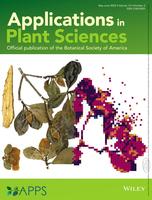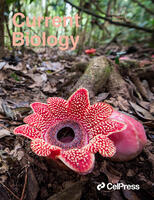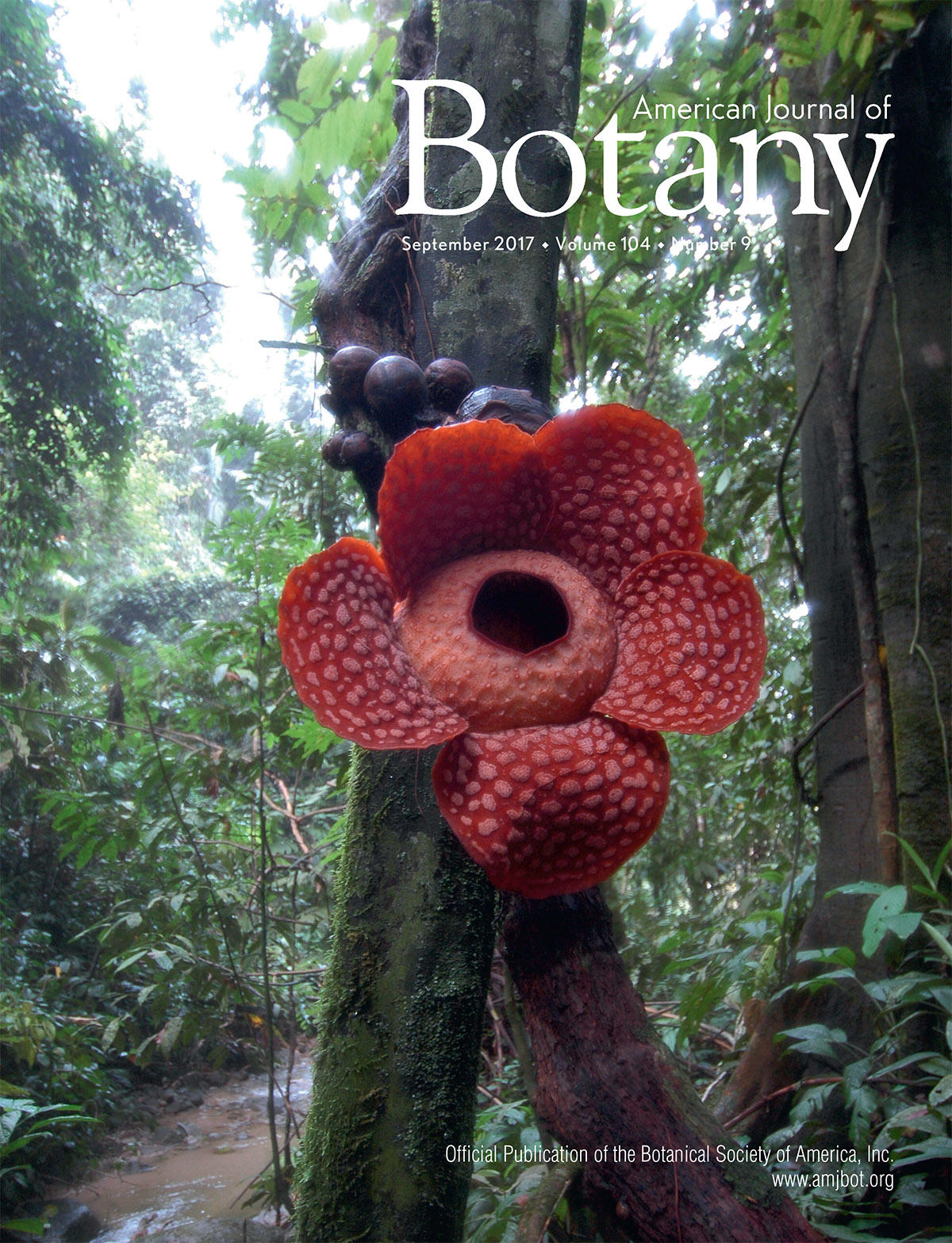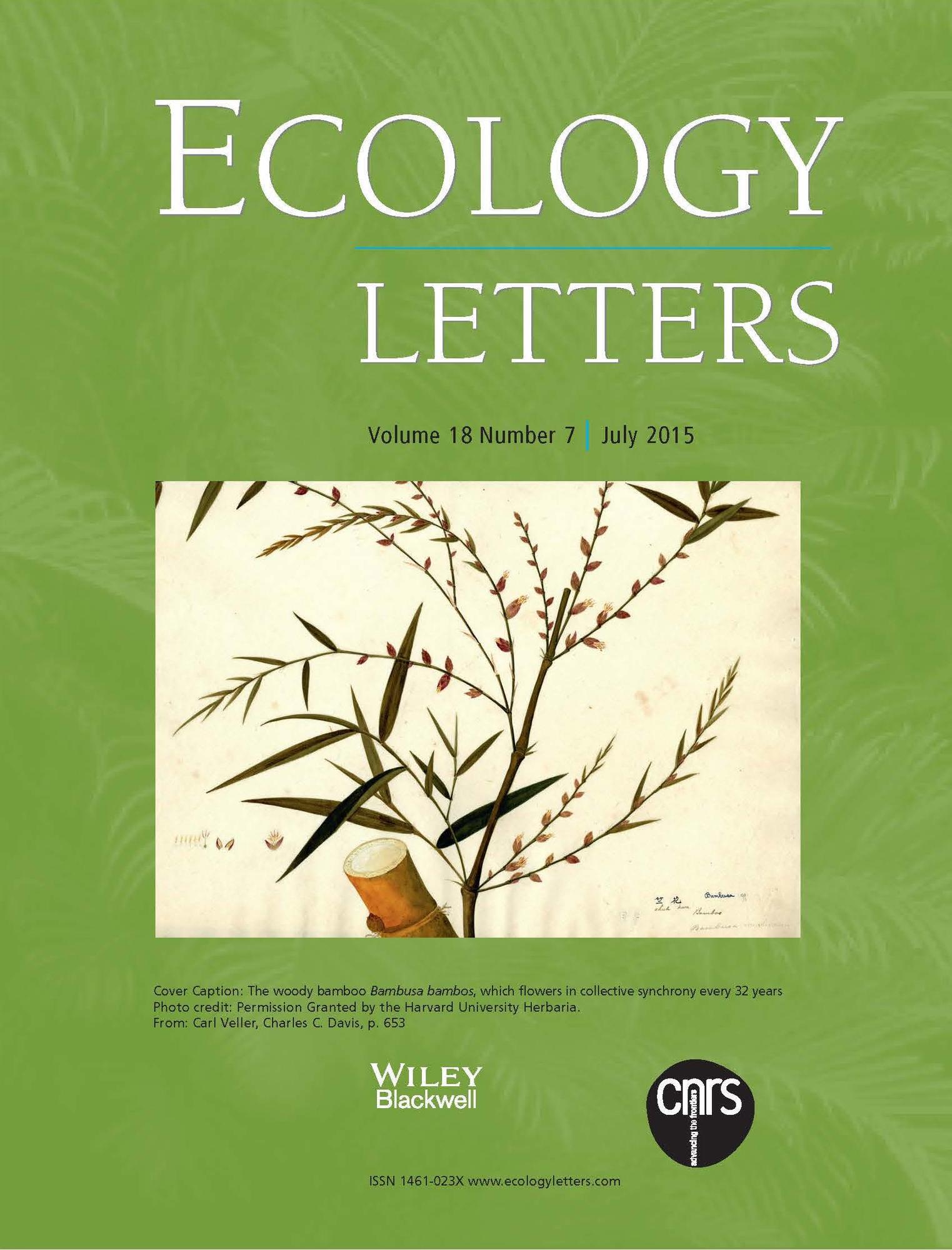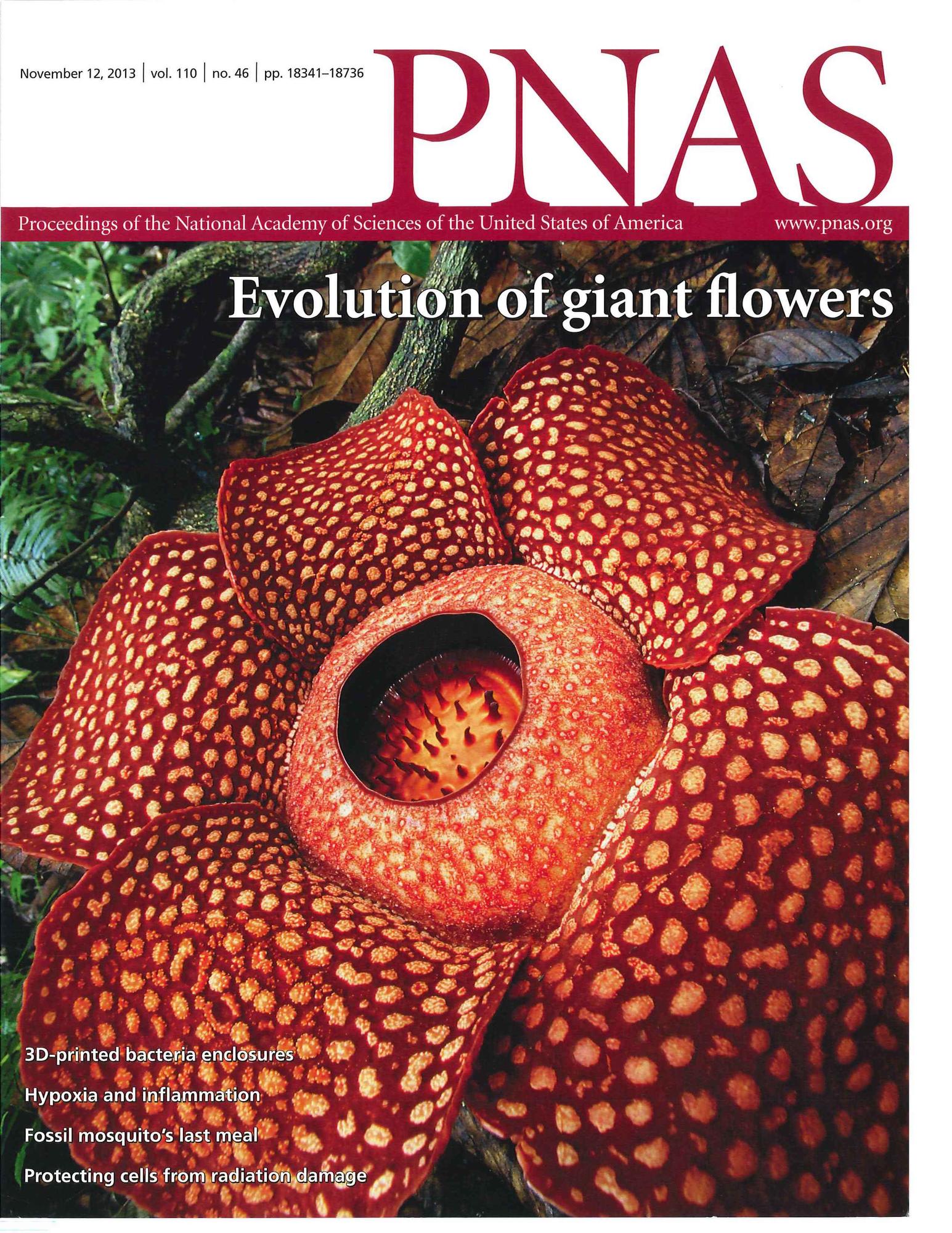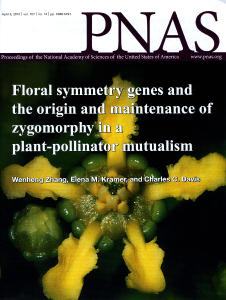Citation:
| 2.07 MB |
Abstract:
* PREMISE OF THE STUDY: The species-rich Neotropical genera Centropogon, Burmeistera, and Siphocampylus represent more than half of the approximately 1200 species in the subfamily Lobelioideae (Campanulaceae). They exhibit remarkable morphological variation in floral morphology and habit. Limited taxon sampling and phylogenetic resolution, however, obscures our understanding of relationships between and within these genera and underscores our uncertainty of the systematic value of fruit type as a major diagnostic character.* METHODS: We inferred a phylogeny from five plastid DNA regions (rpl32-trnL, ndhF-rpl32, rps16-trnK, trnG-trnG-trns, rbcL) using maximum-likelihood and Bayesian inference. Ancestral character reconstructions were applied to infer patterns of fruit evolution.* KEY RESULTS: Our results demonstrate that the majority of species in the genera Centropogon, Burmeistera, and Siphocampylus together form a primarily mainland Neotropical clade, collectively termed the "centropogonids." Caribbean Siphocampylus, however, group with other Caribbean lobelioid species. We find high support for the monophyly of Burmeistera and the polyphyly of Centropogon and mainland Siphocampylus. The ancestral fruit type of the centropogonids is a capsule; berries have evolved independently multiple times.* CONCLUSIONS: Our plastid phylogeny greatly improves the phylogenetic resolution within Neotropical Lobelioideae and highlights the need for taxonomic revisions in the subfamily. Inference of ancestral character states identifies a dynamic pattern of fruit evolution within the centropogonids, emphasizing the difficulty of diagnosing broad taxonomic groups on the basis of fruit type. Finally, we identify that the centropogonids, Lysipomia, and Lobelia section Tupa form a Pan-Andean radiation with broad habitat diversity. This clade is a prime candidate for investigations of Neotropical biogeography and morphological evolution.
Notes:
Lagomarsino, Laura PAntonelli, AlexandreMuchhala, NathanTimmermann, AllanMathews, SarahDavis, Charles CengResearch Support, Non-U.S. Gov't2014/12/07 06:00Am J Bot. 2014 Dec;101(12):2097-112. doi: 10.3732/ajb.1400339. Epub 2014 Dec 3.

